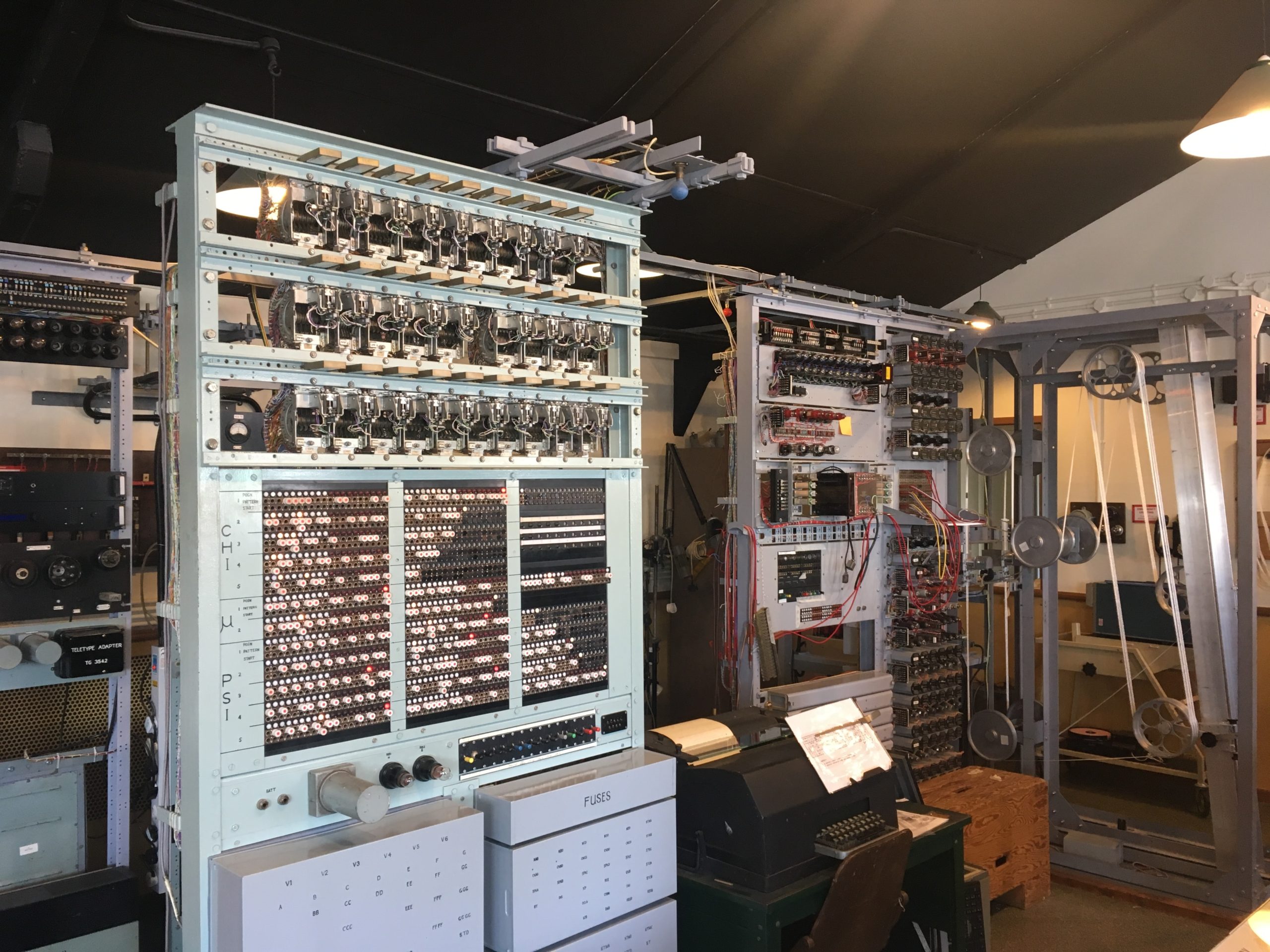In recent years, the rise of the Internet of Things (IoT) and the explosion of connected devices has led to a new computing paradigm known as edge computing. Edge computing is a distributed computing model that processes data closer to the source, rather than in centralized data centers.
This approach has significant implications for data center design and management, as it requires new infrastructure and architectures to support the demands of this emerging technology.
In this article, we’ll explore the key trends driving the growth of edge computing and its impact on data center design, as well as best practices for businesses looking to implement edge computing in their operations.
What is Edge Computing?
Edge computing refers to a distributed computing architecture that brings computing resources closer to the edge of the network, where data is generated and consumed. Instead of sending data to a centralized data center for processing, edge computing uses local computing resources to process data in real-time, enabling faster response times and reducing the amount of data that needs to be transmitted over the network.
This approach is particularly useful in applications that require real-time processing, such as industrial automation, autonomous vehicles, and smart cities, where latency is a critical factor. Edge computing can also help reduce network congestion and bandwidth costs by reducing the amount of data that needs to be transmitted over the network.
Impact of Edge Computing on Data Center Design
The rise of edge computing has significant implications for data center design and management. Here are some key considerations for businesses looking to implement edge computing in their operations:
- Edge Data Centers: With the rise of edge computing, there is a growing need for smaller, decentralized data centers located closer to the edge of the network. These edge data centers need to be designed to support the demands of real-time processing and low latency, with a focus on energy efficiency, scalability, and resilience.
- Networking: Edge computing requires robust and reliable networking infrastructure to ensure low-latency processing and real-time data transmission. Businesses need to invest in high-speed, low-latency networks that can support the demands of edge computing applications.
- Security: With data processing happening closer to the edge of the network, there is an increased risk of security breaches and data loss. Data center design must take into account the need for robust security measures, such as encryption, authentication, and access controls, to protect against these risks.
Your Business Needs a Data Center
As edge computing continues to grow and become more prevalent, it is crucial for data center providers to stay up-to-date with the latest trends and design considerations. The shift towards edge computing presents both challenges and opportunities for data center design, and it is important to understand how it can impact your organization’s infrastructure.
If you are interested in learning more about data center solutions and how RACK59 can help you navigate the complex world of data center design, please don’t hesitate to reach out. Our team of experts is here to assist you in building a data center that meets your organization’s unique needs and requirements.
To learn more about our services, visit our website at https://rack59.com/.
